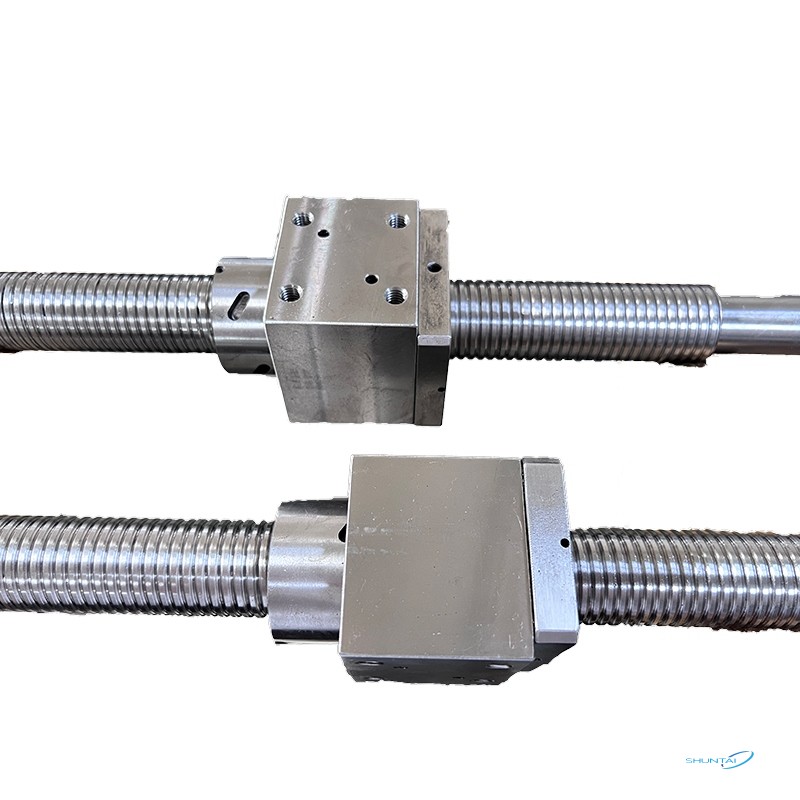A recirculating ball screw is a mechanical component used to convert rotational motion into linear motion. It consists of a threaded shaft (screw) with balls that recirculate in a nut along the threaded shaft. The nut has internal grooves that match the thread profile of the screw.
When the screw is rotated, the balls roll between the screw and nut, allowing the nut to move along the screw in a linear direction. The rolling contact between the balls and the screw thread enables smooth and efficient transmission of linear movement.
The balls in a recirculating ball screw are typically made of hardened steel or other durable materials. They are held within the nut by an internal mechanism (such as a ball return system) that ensures the balls circulate back to the beginning of the nut after reaching the end.
The lifetime of a ball screw depends on several factors, including the load applied, the speed of operation, the orientation (horizontal or vertical), and the maintenance and lubrication practices. In general, ball screws are known for their high durability and long service life. Proper lubrication and regular maintenance can help extend the lifetime of a ball screw.
